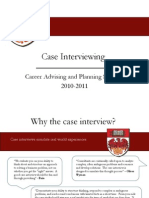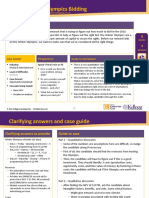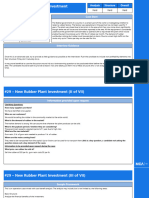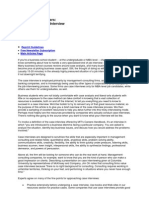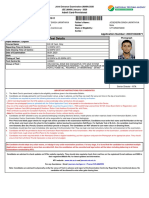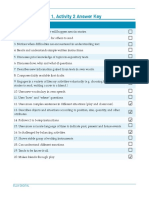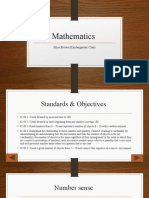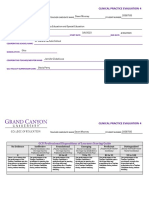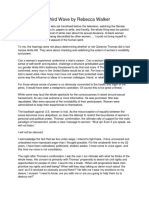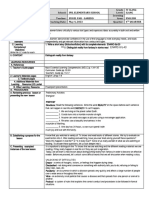100% found this document useful (1 vote)
956 views23 pagesCase Interview Prep Workshop
The document provides an overview of a case interview workshop. It discusses what a case interview is, what employers look for in case interviews, strategies for acing a case interview such as understanding the problem, structuring and solving the problem, and making a recommendation. It also provides tips and examples of dos and don'ts. Finally, it lists additional resources for case interview preparation.
Uploaded by
KeysonCopyright
© © All Rights Reserved
We take content rights seriously. If you suspect this is your content, claim it here.
Available Formats
Download as PDF, TXT or read online on Scribd
100% found this document useful (1 vote)
956 views23 pagesCase Interview Prep Workshop
The document provides an overview of a case interview workshop. It discusses what a case interview is, what employers look for in case interviews, strategies for acing a case interview such as understanding the problem, structuring and solving the problem, and making a recommendation. It also provides tips and examples of dos and don'ts. Finally, it lists additional resources for case interview preparation.
Uploaded by
KeysonCopyright
© © All Rights Reserved
We take content rights seriously. If you suspect this is your content, claim it here.
Available Formats
Download as PDF, TXT or read online on Scribd
/ 23



